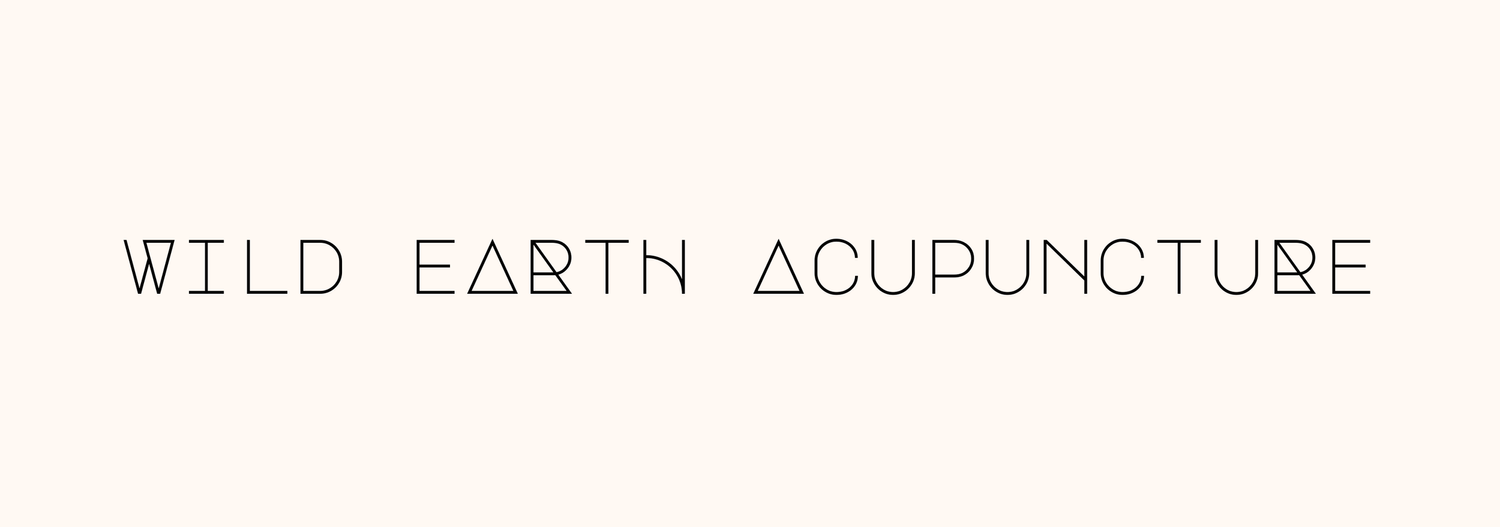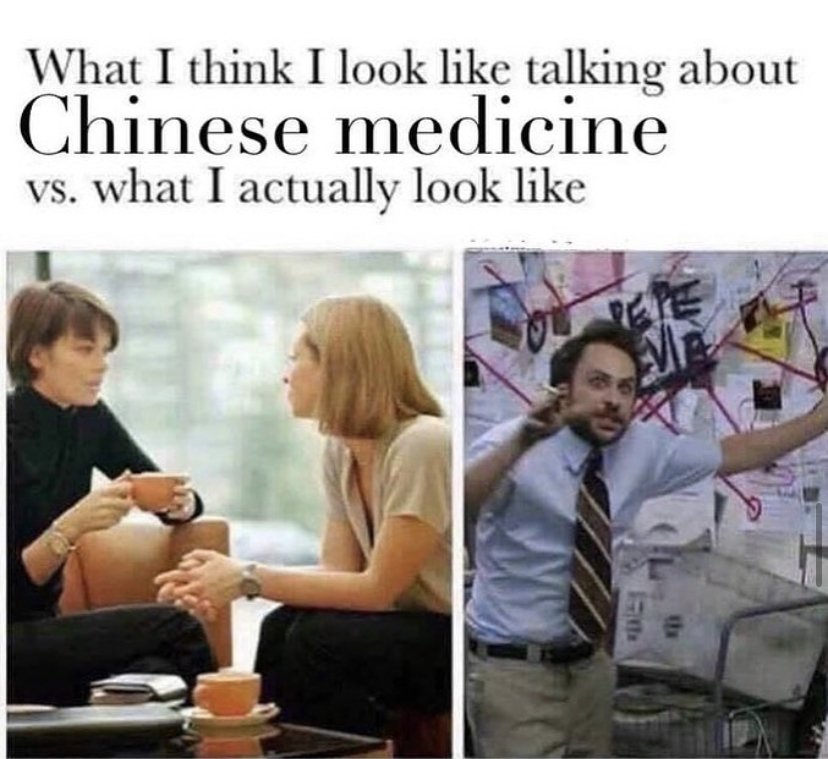Exploring the Basics of Traditional Chinese Medicine
This article explores the essence and principles of Traditional Chinese Medicine (TCM), a centuries-old healing system rooted in four fundamental tenets: Holism, Perpetualism, Differentiation of Pattern/Determination of Treatment, and deciphering theory, method, formula, and herbs.
TCM is a sophisticated medical system developed through logical reasoning, observation of the natural world, and centuries of clinical experience. Read on to learn more about the behind-the-scenes thoughts and processes of your Acupuncturists or TCM practitioner.
Traditional Chinese Medicine (TCM) is a centuries-old system of healing that has evolved through the ages, rooted in four fundamental tenets: Holism, Perpetualism, Differentiation of Pattern/Determination of Treatment, and deciphering theory method, formula, and herbs. In this article, we will dive into each of these principles to provide a comprehensive understanding of the foundational concepts that underpin TCM.
This highly refined medical system is based on logic, reasoning, and natural rhythms, and was developed through careful observation of the natural world and centuries of clinical experience.
Fundamentals of Chinese Medicine
Holism
Perpetual
Differentiation of Pattern and Determination of Treatment
Theory, Method, Formula, and Herbs
1. Holism- “Zheng Ti Guan Nian” The Essence of Wholeness
Holism is a core principle of TCM, emphasizing the interconnectedness of the body, mind, and spirit. In TCM, the human body is viewed as an intricate system where the balance of vital energies, known as Qi (pronounced "chee") and the harmony between Yin and Yang, play a pivotal role in health. The holistic perspective in TCM recognizes that an imbalance in one part of the body can affect the entire system, and thus, treatment focuses on restoring overall balance rather than merely addressing isolated symptoms. It emphasizes that humans and the natural world/environment are interconnected, related, and inseparable, composed of the same material and that we live within and are dependent upon the world around us. This concept describes the importance of being directly and indirectly connected affects our physiology.
At the basis of this ideology, we find the 5 Zang ( all yin in nature- Spleen, Heart, Liver, Kidney, Lung) and 6 Fu (all yang in nature- GallBladder, Stomach, Small Intestine, Large Intestine, Bladder, San Jiao (Triple Burner) organs, which form the basis of our physiology.
Unified/integrated/interconnected in body and universe
The Human body is organic and whole.
2. Perpetualism- “Heng Dong Guan Nian” Harmony with the Cycles of Nature
Perpetualism reflects the TCM belief in aligning with the natural cycles and rhythms of the universe. According to this tenet, the human body is seen as a microcosm of the larger cosmos, and health is maintained by attuning oneself to the changing seasons, climate, and time of day. TCM practitioners consider external factors, such as environmental influences and lifestyle, in their diagnosis and treatment plans. The cyclical nature of perpetualism underscores the importance of adapting to the ever-changing conditions of life. Observation of the natural world helps predict patterns that may arise within the body to better determine a course of treatment. Being in a constant state of change, growth, and aging, these predictable patterns allow for a holistic outlook that forms the basis of preventative care.
All things in the universe ( including human life), health, and disease are in a constant state of movement, transformation, and development.
3. Differentiation of Pattern and Determination of Treatment- “ Bian Zheng Lun Zhi” Tailoring Medicine to the Individual
This tenet encapsulates the diagnostic methodology of TCM, emphasizing the unique characteristics of each individual. TCM practitioners analyze patterns of disharmony in the body, assessing factors such as pulse, tongue appearance, and overall constitution to identify the underlying imbalances. Once the pattern is differentiated, a personalized treatment plan is devised. This may include a combination of acupuncture, herbal medicine, dietary recommendations, and lifestyle adjustments, all aimed at restoring balance to the individual's specific pattern of disharmony.
This process helps derive the roots of a problem and allows for the pattern to be observed. Deciphering a pattern is an essential step and is a determination of the state of the body at any given moment in time. Being able to diagnose an imbalance, or label a pattern is derived from the analysis of signs and symptoms gathered from the “4 examinations” and serves to guide treatment in TCM.
Step 1- Differentiate the pattern
Step 2- Treatment is determined based on pattern
Disease vs. Pattern (bing vs. zheng)
A disease (etc., hypertension, asthma) is a distinct morbid condition. Although Traditional Chinese Medicine (TCM) categorizes and treats based on diseases, the emphasis is typically on differentiation and treatment of the “pattern” (Lung Qi Xu). However, these aspects can be addressed simultaneously. Often when working within the realm of TCM treatment is usually geared towards the pattern, but sometimes the disease or symptoms are addressed as well.
Very often the same pattern can manifest in different diseases and symptoms.
“Same disease, different treatment, different disease same treatment. Tong bing yi zhi, yi bing tong zhi.”
Pattern differentiation
This is a 2 step process. Step 1 is to differentiate the pattern. This is done by collecting information ( signs and symptoms), using the 4 examinations.
Inspection (observation)
Auscultation and olfaction (listening and smelling)
Interrogation (inquiring or questioning)
Palpation (pulse examination)
Then by carefully understanding the theory of TCM, a differentiation of the case, location, and nature of the imbalance is formed as well as the relationship of the Qi within the body.
Step 2 is to then determine treatment, which becomes based on the results from the pattern differentiation, and begin to determine measures to treat.
4. Theory, Method, Formula, and Herbs- “Li Fa Fang Yao” The Building Blocks of TCM Practice
TCM encompasses a rich tapestry of theories, methods, formulas, and herbal remedies that have been developed and refined over centuries. The theoretical framework includes concepts such as the Five Elements, Zang-Fu organ theory, and meridian systems. Methods of treatment may involve acupuncture, moxibustion, cupping, and massage. Formulas are carefully crafted combinations of herbs tailored to address specific patterns of disharmony. Herbal medicine, a cornerstone of TCM, employs the use of various plant and mineral substances to restore balance and promote healing. This is the fundamental methodology of Chinese Medicine.
Theory- Accessed by the intake, analysis, and diagnosis
Treatment Method- This is determined based on a theory developed
Formula- Appropriate formula is chosen according to the method
Herbs- Herbs, dosages, and Acupoints are selected to fit the needs
The principles of holism, perpetualism, differentiation of pattern/ determination of treatment, utilizing theory, treatment methods, and choosing formulas and herbs form the bedrock of Traditional Chinese Medicine. This holistic and individualized approach, coupled with a profound understanding of the body's interconnectedness and alignment with natural rhythms, has sustained TCM as a comprehensive system of healthcare for centuries.



